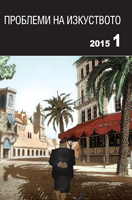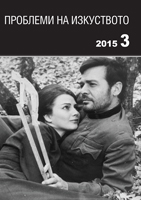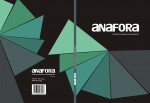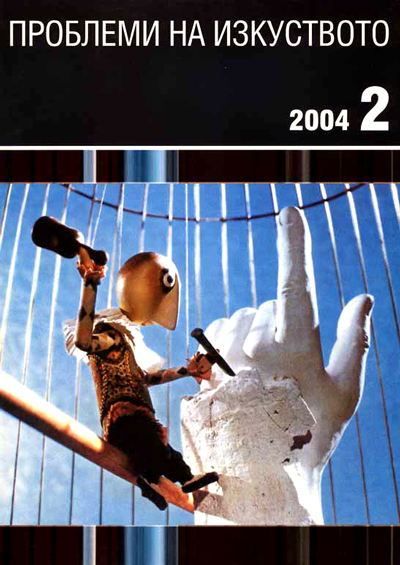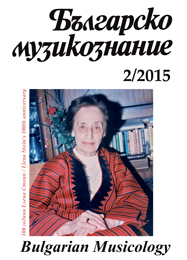
Мюзикълната фикция във филма „АкаТаМуС” (1988)
The article is an abstract of a comprehensive study on the earliest Bulgarian musical films commissioned by the government under Socialism over the decades (since the mid - 1950s until the late 1980s). As the last in the research selection the movie AcaDaMuL (an abbreviation for Academy of Dance, Music and Lyric) is of interest due to both its genre style, being the first ever Bulgarian dance film musical, and from the vantage point of the complicated historical context and the concomitant social unrest immediately preceding the political changes. Made in 1988 and inspired by film director Georgi Djulgerov and choreographer Neshka robeva, its film score was written by five Bulgarian composers: Darin Burnev, Plamen Djurov, Stefan Dragostinov, Tsenko Minkin, Bojidar Petkov and jazz musicians Yildiz Ibrahimova and Theodosii Spassov. Made in a nonconformist vein, the movie remains unique in terms of its creative experiment in Bulgarian feature film: a new cinematic synthesis of stage media used in rhythmic gymnastics, pantomime, acrobatics and narrative folklore-based dance and contemporary auteur music. And though the movie has not been digitised and is not available online, AcaDaMuL has not slid into oblivion where cultural history of the previous century is concerned, which is proved by the present recognition and international creative achievements of the National Art dance company established by Neshka robeva years later and comprising gymnasts and folk dancers. Their production Twin Kingdoms (music by Georgi Andreev) ranked eighth among Broadway’s (this Mecca for musicals) best foreign show productions at the turn of the millennium. The stylistic invention, undoubtedly inspired by the experience gained in AcaDaMuL, has really acquired the significance of a musical stage phenomenon, which is now Bulgaria’s hallmark.
More...
